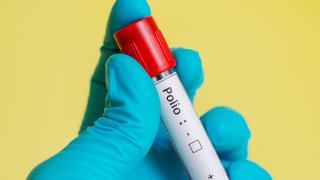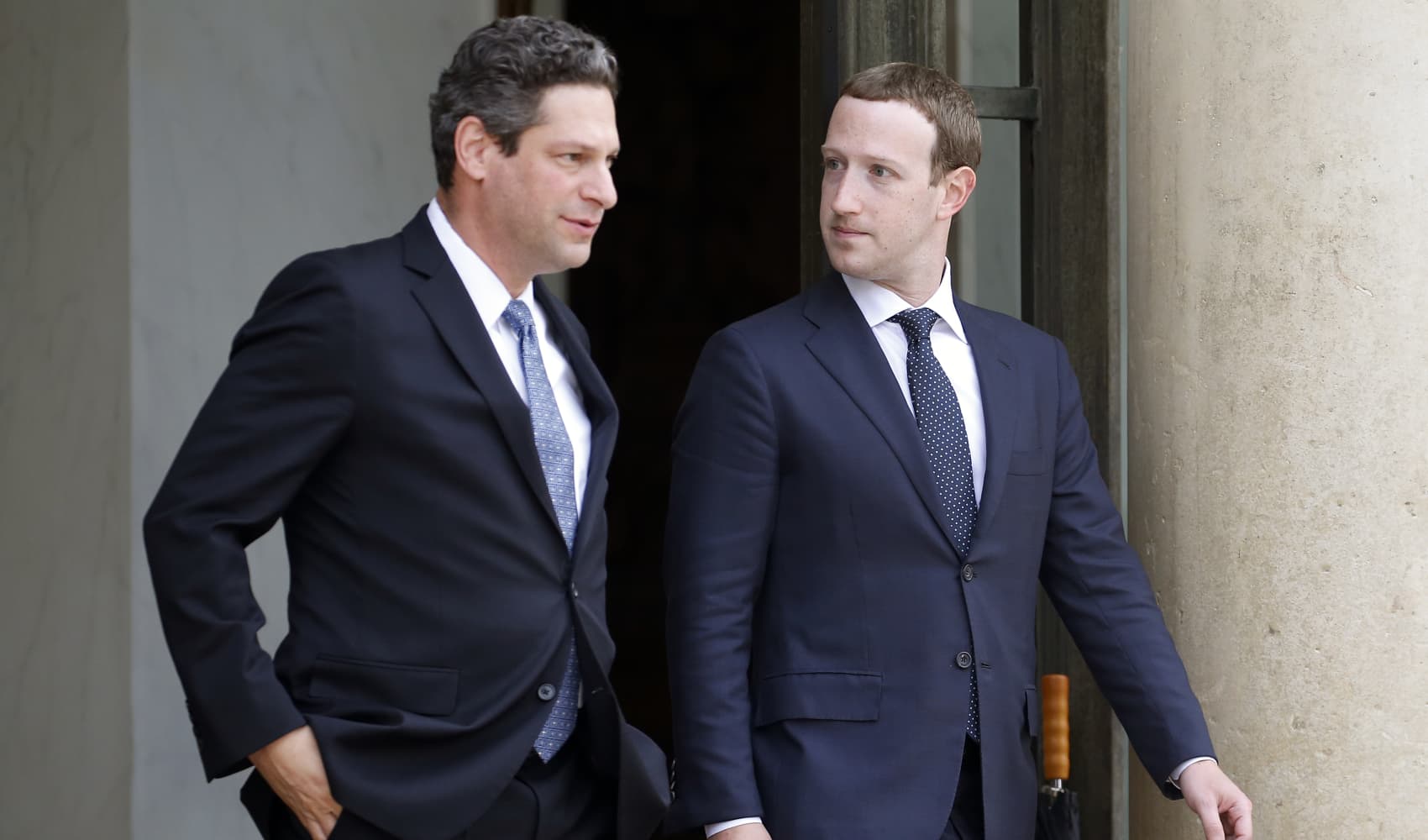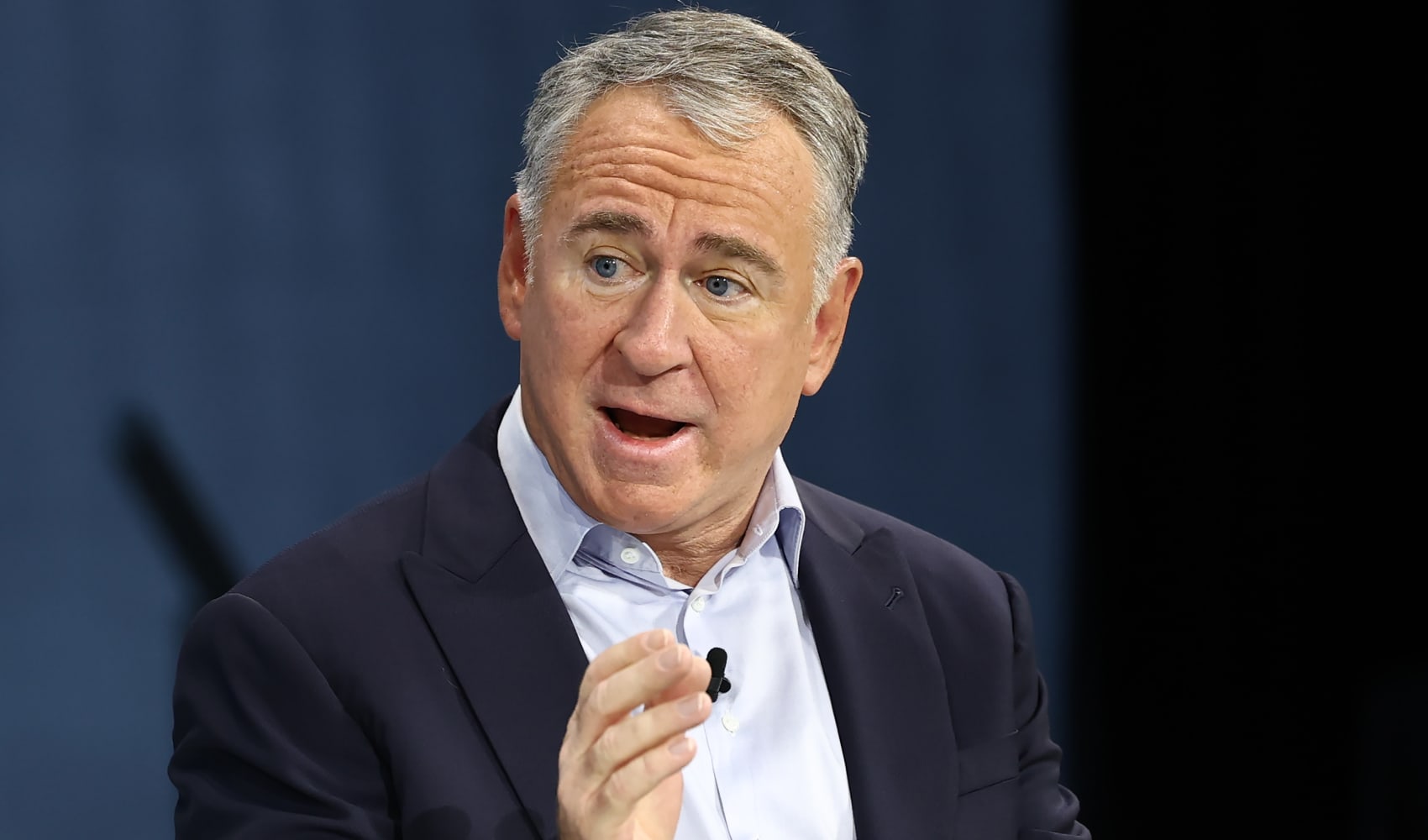
- An unvaccinated young adult in Rockland County, a suburb of New York City, who caught polio in June and suffered paralysis had no history of international travel.
- The individual caught polio through local transmission, though the virus was introduced from outside the country, according to CDC.
- It's only the second case of local transmission of polio in the U.S. since 1979.
Polio has been circulating locally in the New York City metropolitan area for months after an individual introduced the virus from abroad, according to the Centers for Disease Control and Prevention.
An unvaccinated young adult in Rockland County, a suburb of New York City, caught polio in June and suffered paralysis. The individual had not traveled internationally during the period when they were exposed to polio, and the strain they caught is linked to a weakened form of the virus used in the oral vaccine, according to a CDC investigation published Tuesday.
The U.S. stopped using the oral polio vaccine in 2000, which means the chain of transmission originated from someone who received the oral vaccine outside the country, according to CDC. Genetic analysis has linked the vaccine-derived strain circulating in the New York metro area to wastewater samples detected in Israel and the United Kingdom.
Get top local stories in San Diego delivered to you every morning. >Sign up for NBC San Diego's News Headlines newsletter.
The agency said it's found three other people they suspect may have polio, but have tested negative so far. They've been classified as "persons under investigation."
The oral polio vaccine uses a live virus strain that can still replicate, which means people who are not vaccinated can catch the virus from individuals recently immunized. The U.S. now uses a vaccine, administered as a shot, in which the virus is inactivated so it cannot spread.
After the confirmed infection in the young adult, wastewater surveillance found 21 sewage samples that tested positive for polio, 13 in Rockland County and eight in neighboring Orange County. Twenty of those samples, collected from May through July, are genetically linked to the strain the young adult caught. The sewage samples were originally collected as part of New York state's Covid surveillance system.
Money Report
Polio has also been detected in New York City sewage samples, state health officials confirmed on Friday. The case of the Rockland County adult is only the second instance of community transmission of polio in the U.S. since 1979.
The unvaccinated Rockland County resident who caught polio attended a large gathering eight days before they developed symptoms. It can take 7 to 21 days from the initial exposure to the polio virus for someone to develop paralysis. The individual did not travel internationally during the exposure period, according to CDC.
The Rockland County adult was hospitalized and subsequently discharged to a physical rehabilitation center.
Though linked to the oral vaccine strain, the virus the individual caught had 10 changes in one region of the pathogen. This indicates the virus may have been circulating for up to a year though the location where transmission began is unknown, according to CDC.
No additional cases of paralytic polio have been confirmed, though CDC officials warned that detection of the virus in wastewater samples collected over the course of more than two months in Rockland and Orange indicates community transmission of the virus that puts unvaccinated people at the risk of paralysis.
"Low vaccination coverage in the patient's county of residence indicates that the community is at risk for additional cases of paralytic polio," CDC officials wrote in the report. "Even a single case of paralytic polio represents a public health emergency in the United States."
About one out of 1,900 polio infections from the vaccine-derived strain results in paralysis for people who are not vaccinated.
Polio vaccine coverage for children younger than two years old in Rockland County declined from 67% in 2020 to about 60% in 2022. In some parts of the county, vaccine coverage in this age group was as low as 37%, according to CDC.
The CDC said disruption caused by the Covid pandemic has led to a drop in polio vaccine administration, leaving communities at risk of outbreaks.
No cases of the wild poliovirus, the most common form, have originated in the U.S. since 1979 after a successful vaccination campaign that began in the 1950s, according to the CDC. However, travelers have occasionally brought polio into the U.S.






